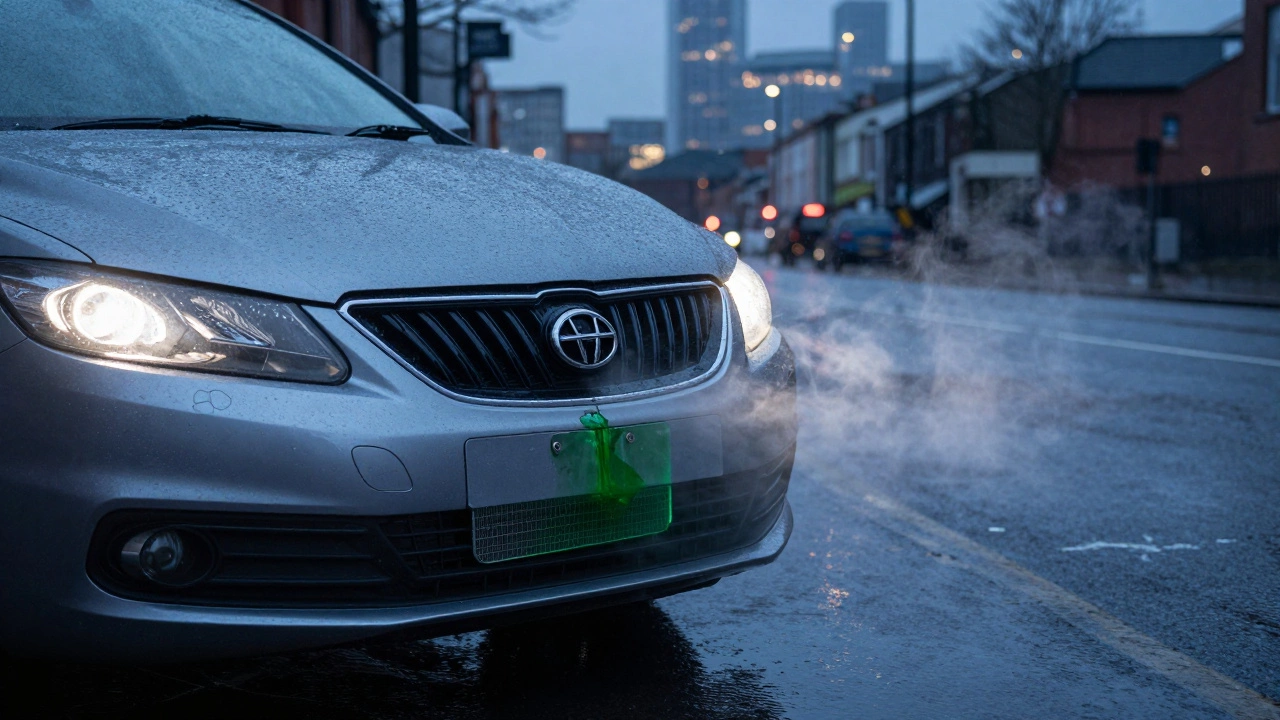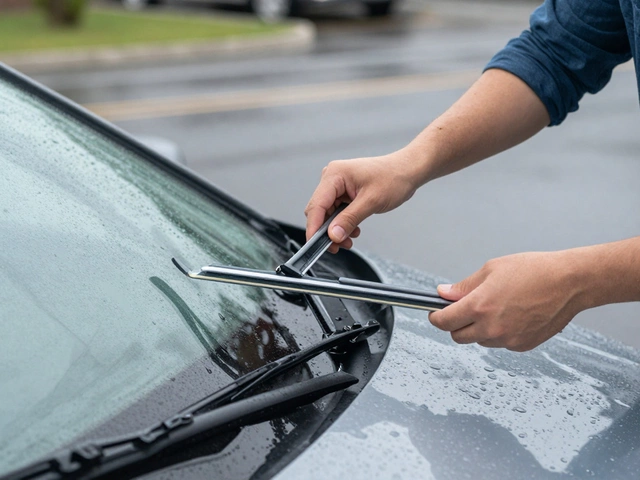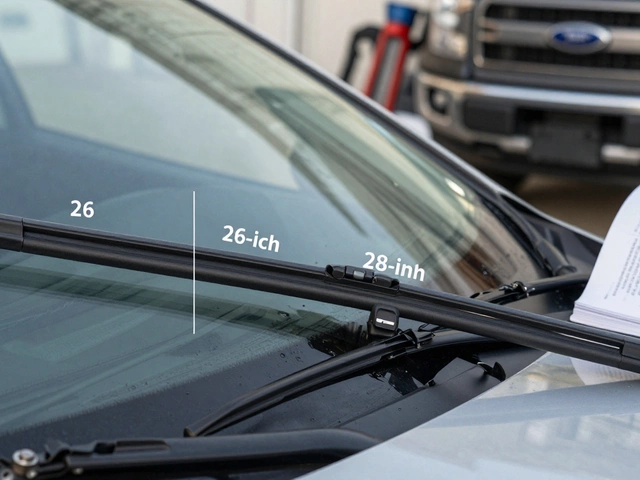Car Radiator Problems: Signs, Causes, and What to Do
When your car starts overheating, it’s rarely just a coincidence—it’s usually a sign of car radiator problems, a malfunction in the system that keeps your engine at the right temperature. The radiator isn’t just a metal box under the hood; it’s the heart of your car’s cooling system, a network of hoses, pumps, and fluids designed to pull heat away from the engine. If it fails, your engine can overheat in minutes, leading to expensive damage you can’t afford to ignore.
Most people don’t notice radiator issues until it’s too late. But there are clear signs you can spot yourself. A radiator leak, a slow or sudden loss of coolant through cracks, loose fittings, or corrosion, is one of the most common. You might see puddles under your car, especially after parking, or notice your coolant level dropping faster than usual. Another red flag? Steam coming from under the hood, or the temperature gauge climbing into the red zone. Even a sweet, syrupy smell inside the cabin can mean coolant is leaking into the heater core. And if your car overheats on short drives but cools down when stopped, that’s a classic sign the radiator isn’t circulating coolant properly.
What causes these problems? Age is a big one. Most radiators last 8 to 12 years, but if you’re driving in extreme heat, dusty roads, or don’t flush the coolant regularly, it can wear out faster. Rust and debris from old coolant can clog the tiny tubes inside the radiator, blocking flow. A faulty thermostat or a broken water pump can also make the radiator work harder than it should, leading to premature failure. And let’s not forget cheap replacements—some aftermarket radiators don’t hold up under real-world conditions, even if they look fine on the shelf.
You don’t need to be a mechanic to catch these signs early. Check your coolant level once a month. Look for discoloration—clean coolant is usually green, pink, or orange. If it’s brown or gritty, it’s time for a flush. Listen for gurgling noises when the engine is running—that’s air trapped in the system, often from a leak or low fluid. And if your heater stops blowing hot air, it could mean coolant isn’t circulating, which ties right back to the radiator.
What you’ll find in the posts below aren’t just generic tips. These are real, practical guides from drivers who’ve been there. You’ll learn how to tell if your radiator is failing before it leaves you stranded, what the true cost of replacement looks like in the UK, and whether an old radiator is even worth fixing. There’s also advice on how to spot a bad radiator versus a bad thermostat, what to ask a mechanic before they replace it, and how to avoid being upsold on parts you don’t need. This isn’t theory—it’s what actually works when your car’s cooling system is on the edge.






